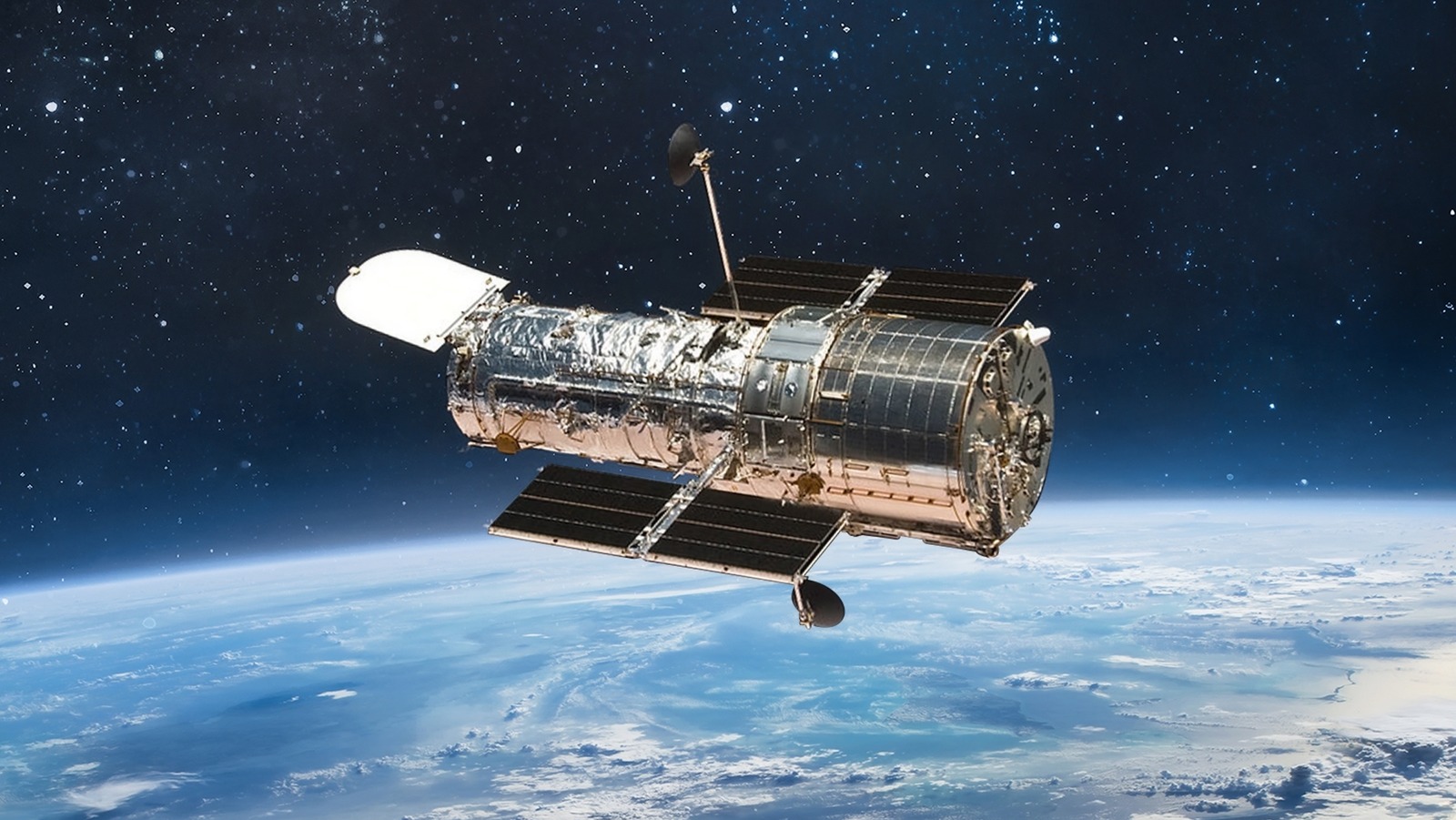In the heart of almost every galaxy we know the lies of monsters: big black holes, so big called supermassive black holes. Scientists know that this big black hole is important in the development of galaxies, but they are still not sure how they evolved and grew to be so great. Now, new research using data from the Hubble Space Telescope helps answer this question.
Astronomers have identified black holes that grow fast and seem to come from one of the earliest stages of the universe – as early as 750 million years after the Big Bang. By studying this black hole, called GNZ7Q, they can learn about the relationship between the initial galaxies and some of the first Supermasive Black Holes (through Hubble). The researchers can find this black hole by combing older hubble data which includes the sky area called the Great Observatories ORIGINS Deep Survey-North (North goods). This allows them to see this growing black hole and a star forming galaxy where it is.
“Our analysis shows that the GNZ7Q is the first example of a rapidly growing black hole in the core of the galaxy Starburst at the time close to the earliest supermasive black hole known in the universe,” said Seiji Fujimoto, the lead author of the research paper. “Property object in all electromagnetic spectrum is in an excellent agreement with predictions of theoretical simulation.”
The mystery of supermassive black holes
Scientists know about two stages in the formation of supermassive black holes: the point where they were born in a star nursery center called the Starburst galaxy and the period when they finally formed the nucleus of the nucleus galaxy called quasar. However, the time span between one stage to the other and the evolution there remains a mystery.
That is why this discovery is very important – the researchers think that the GNZ7Q is a relationship that is lost between the birth of a black hole and its formation in a quasar. The GNZ7Q space object is not bright enough to be full quasar, but surrounded by dust like the Galaxy Starburst. Researchers have expected they will find objects like this using scientific models, but this is the first time they actually identify such objects in the wild. Learning it would be very likely to help researchers understand how supermassive black holes develop.
“GNZ7Q provides direct connections between these two rare populations and provides new roads to understand the rapid growth of supermassive black holes in the early days of the universe,” Fujimoto said). “Our discovery provides examples of precursors to the supermassive black holes we observe in the next time.”

